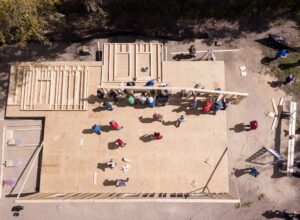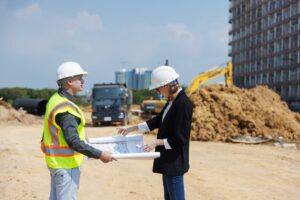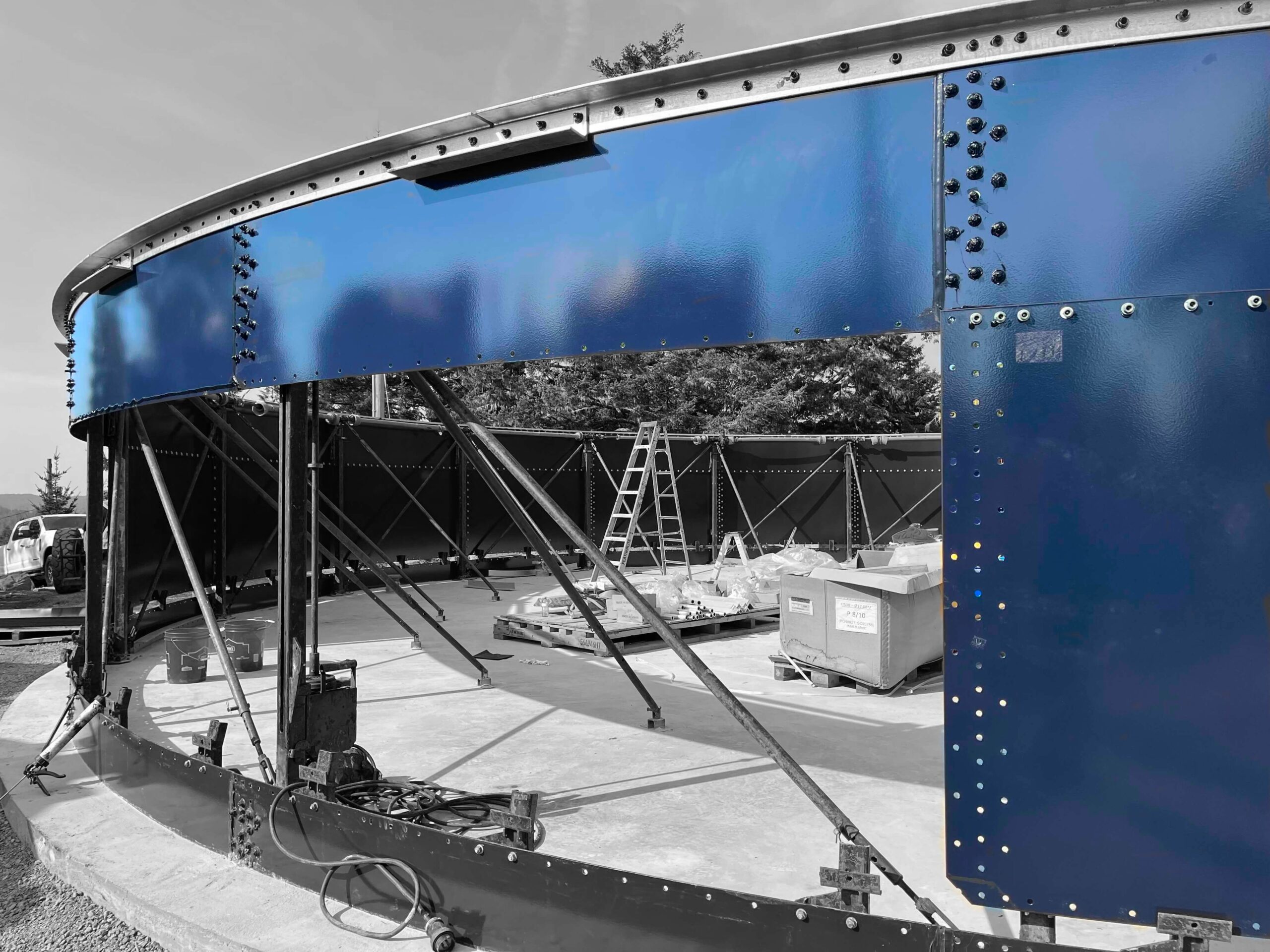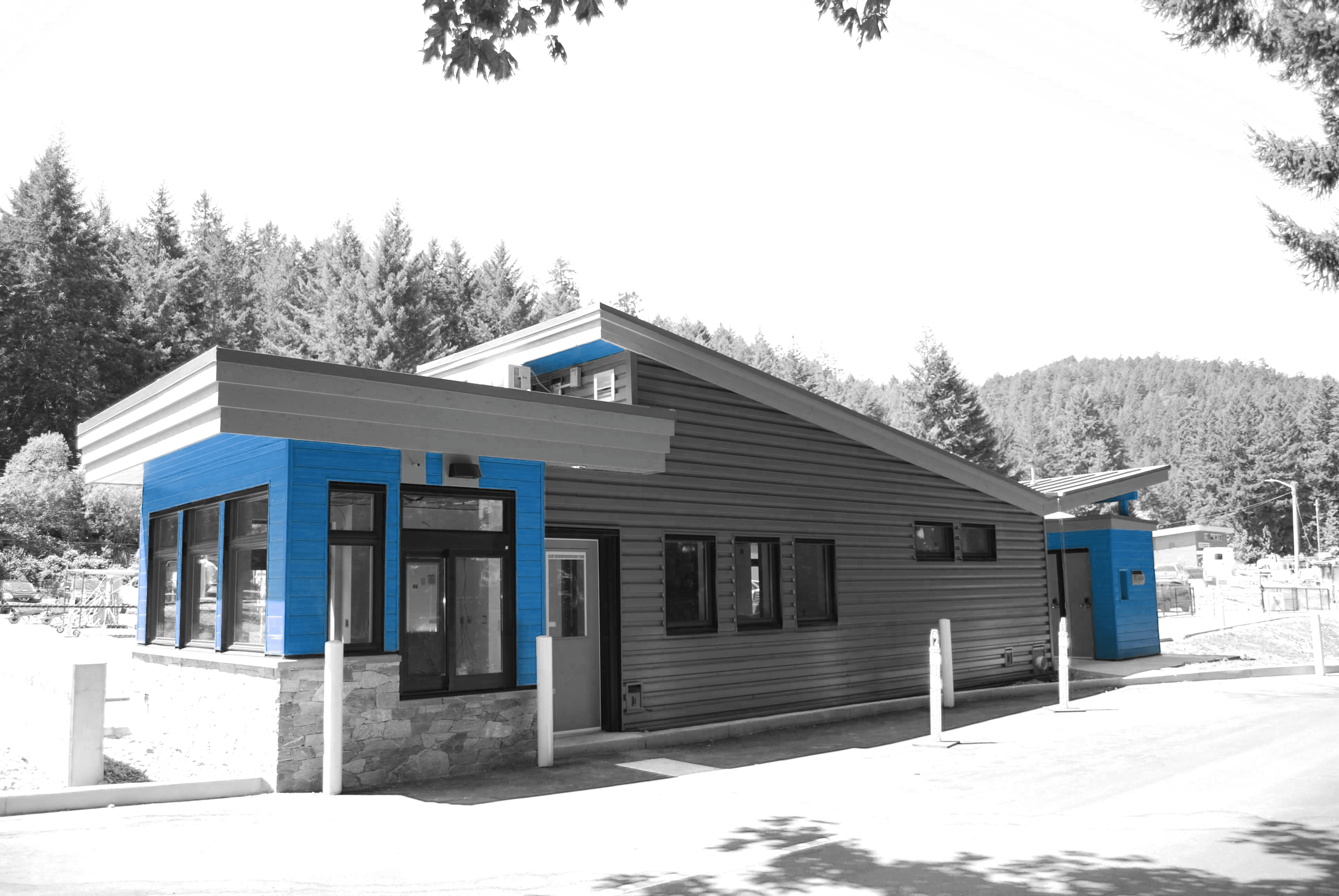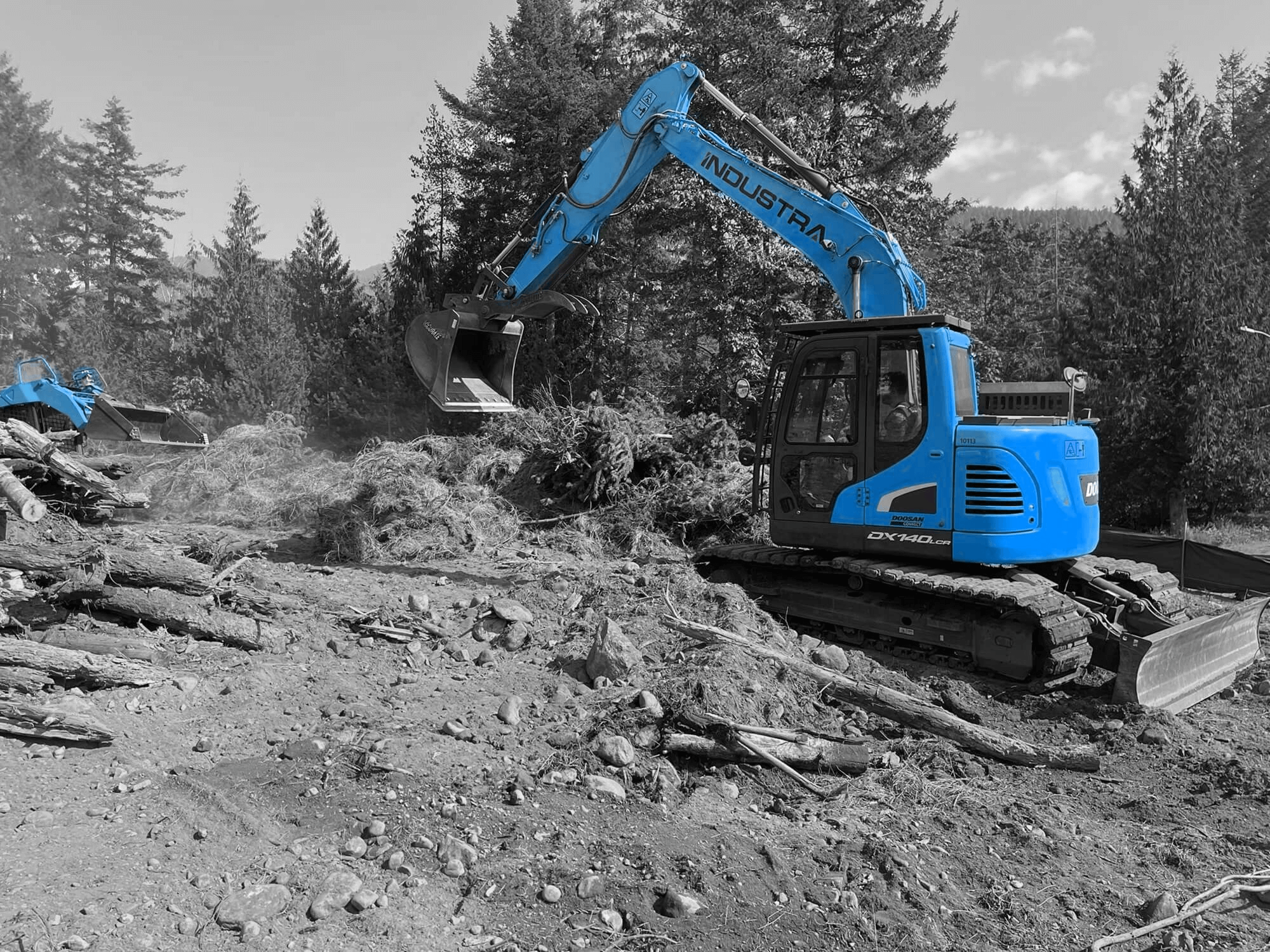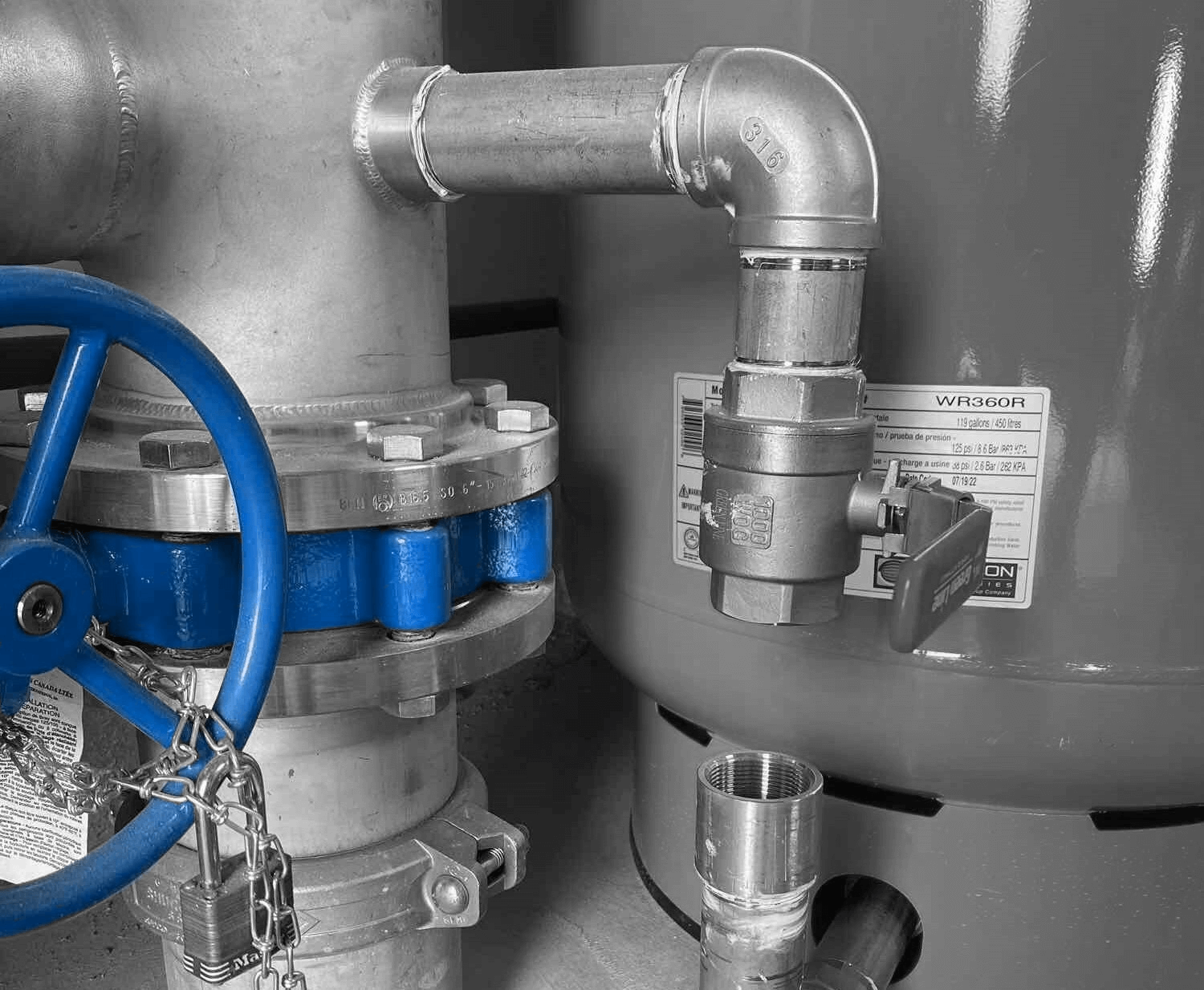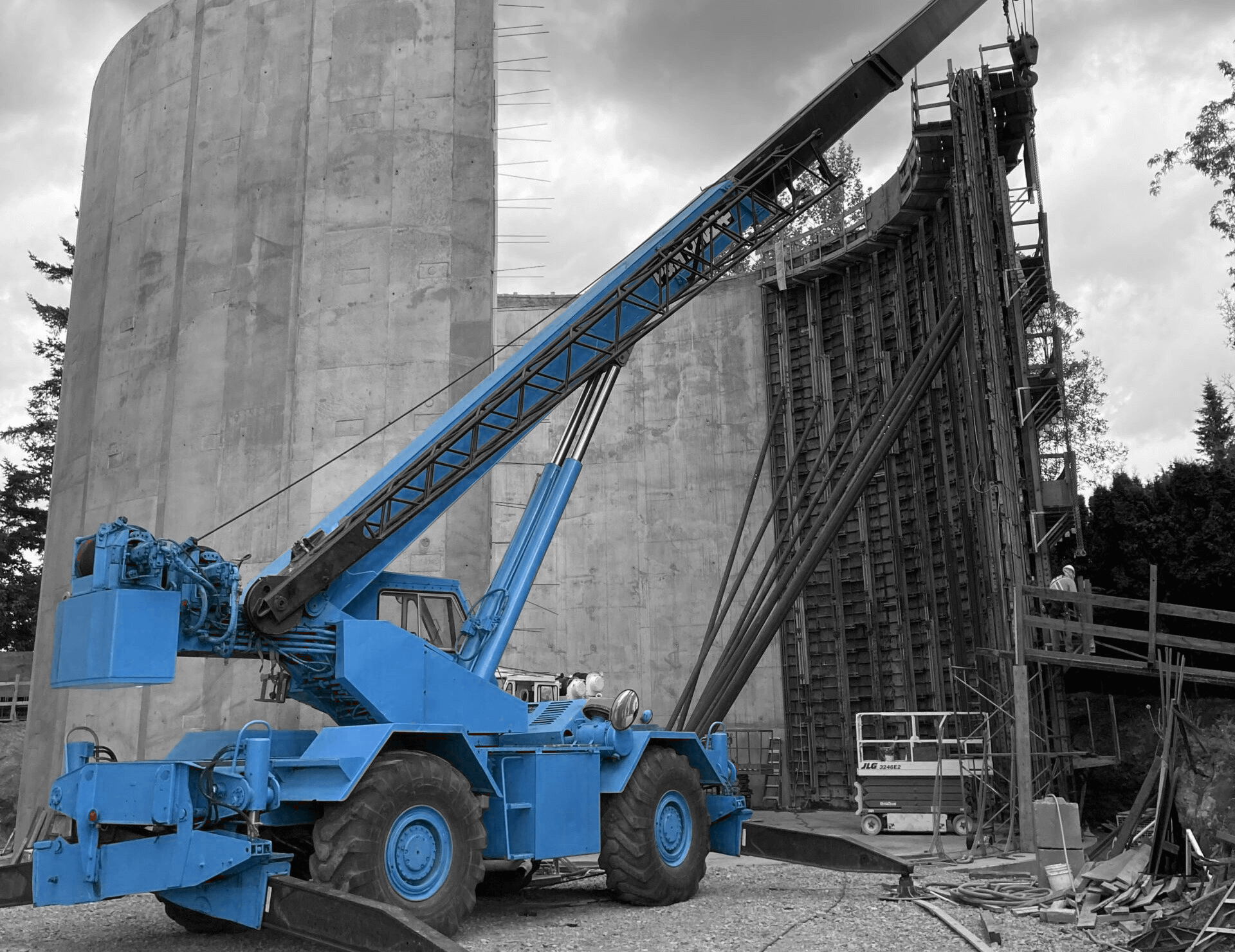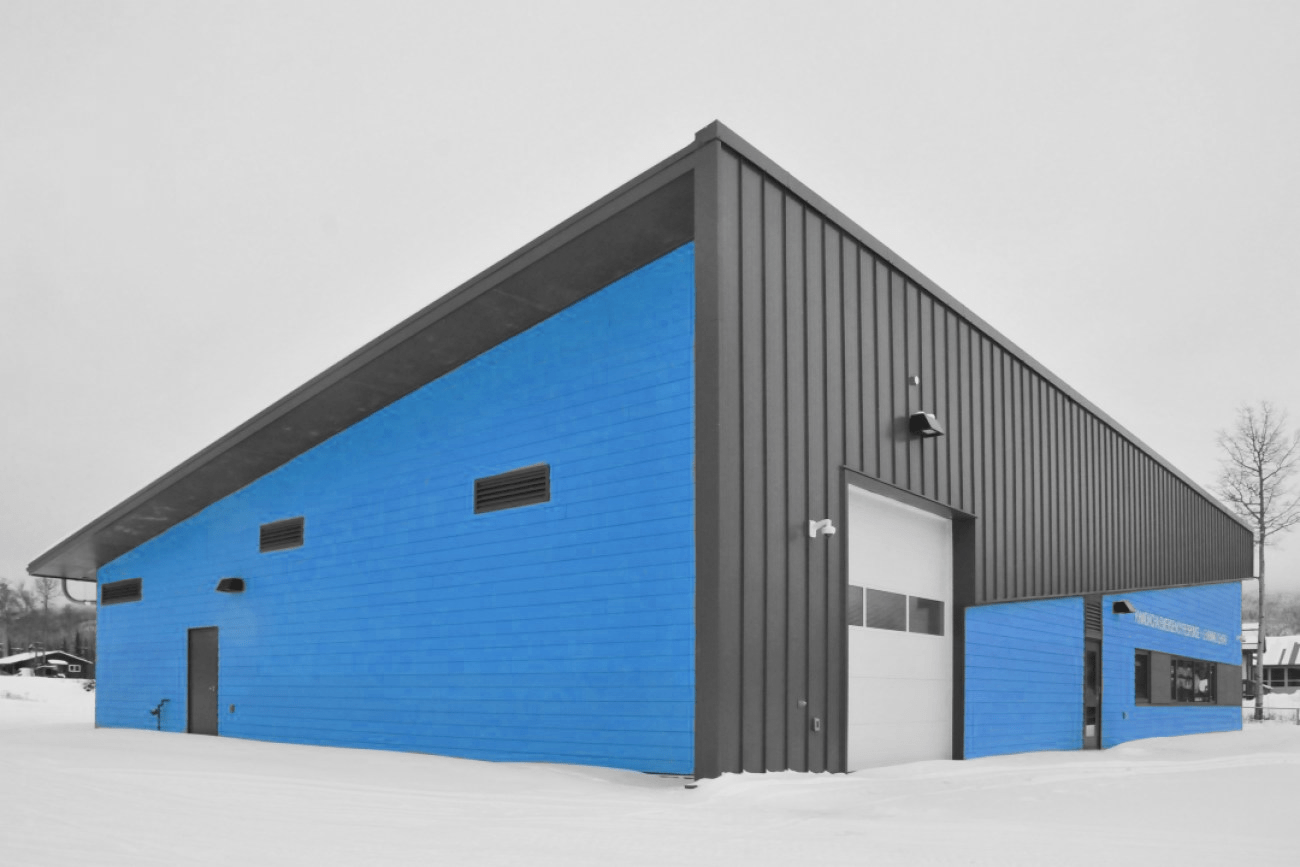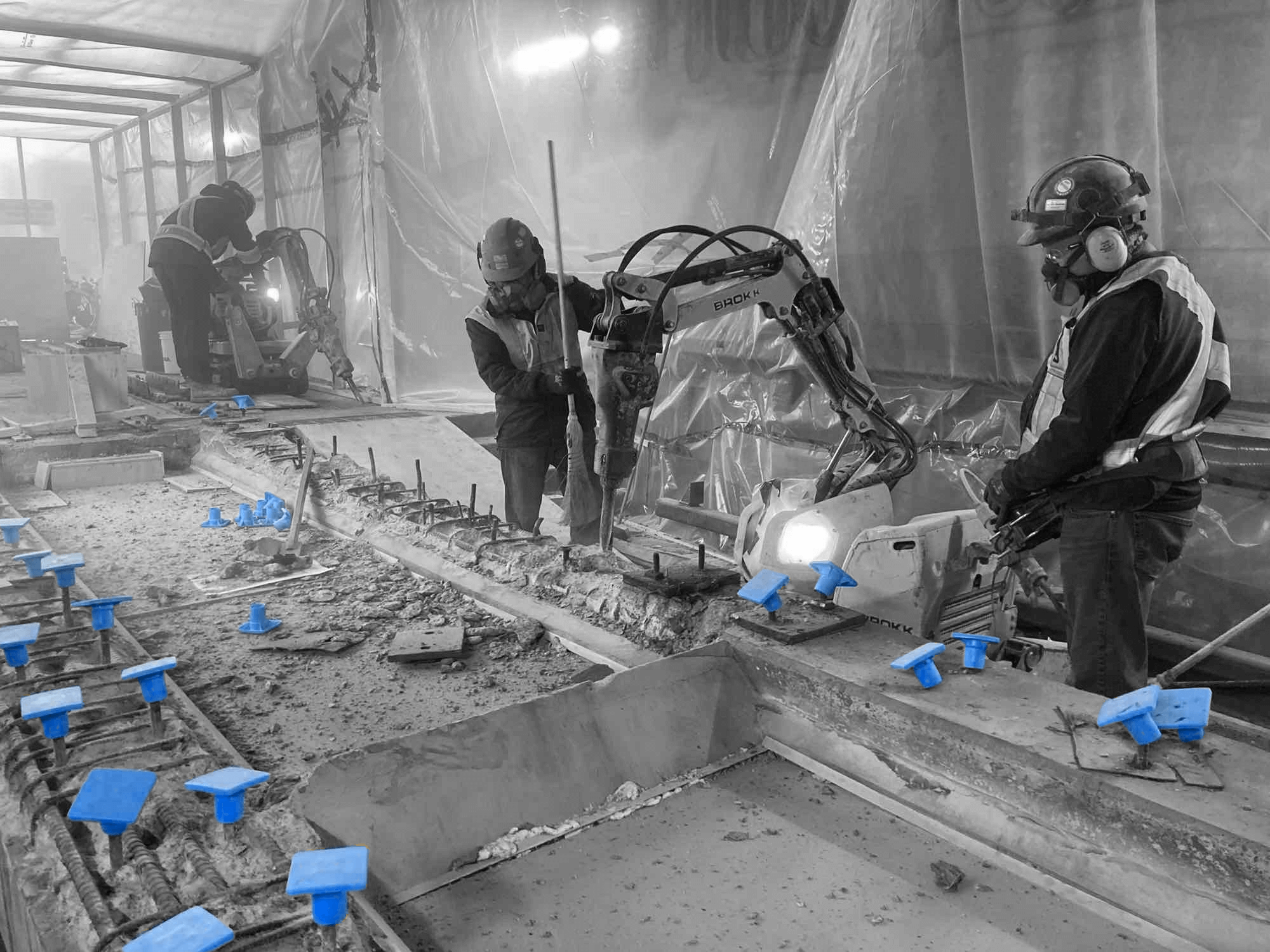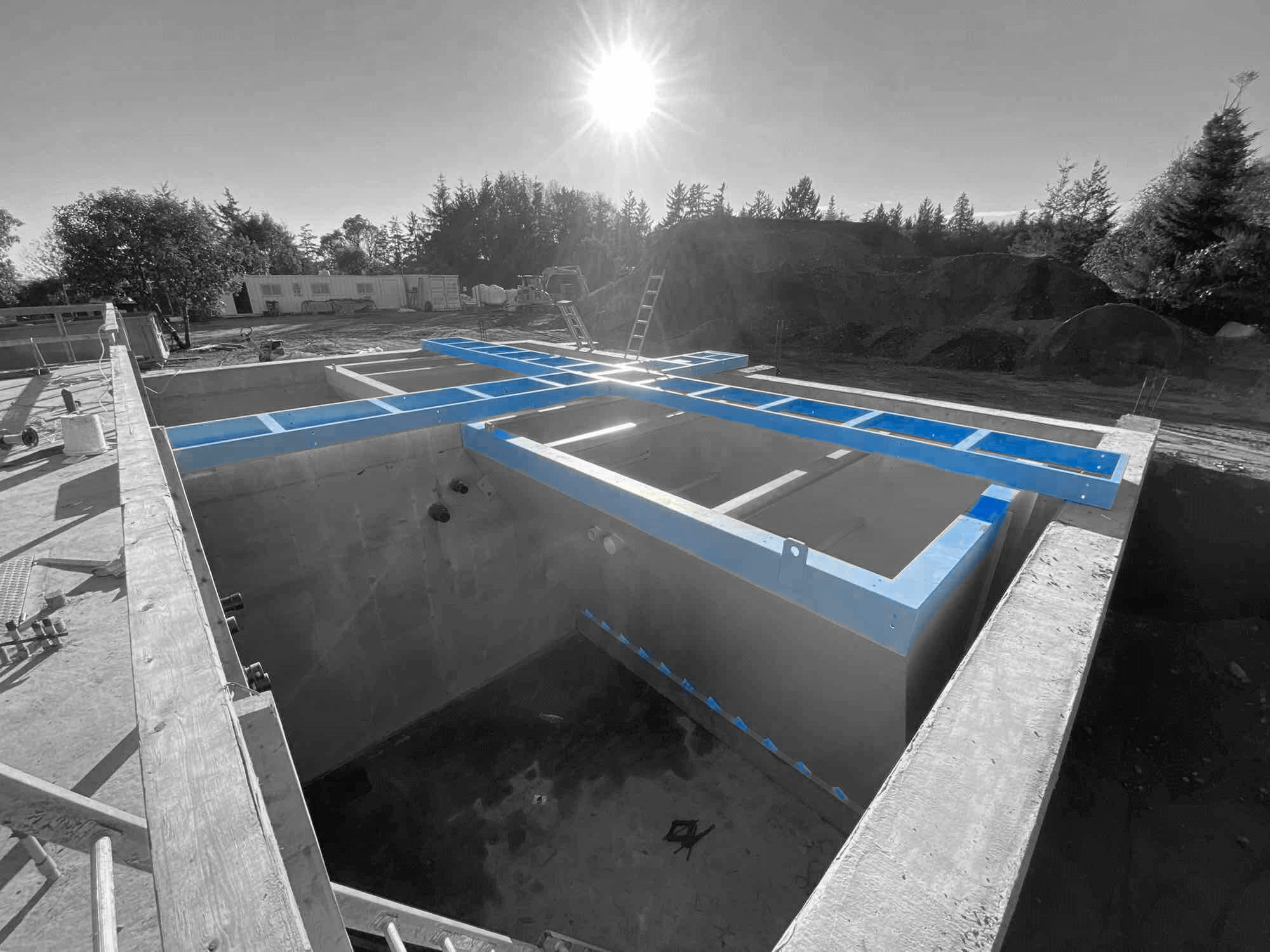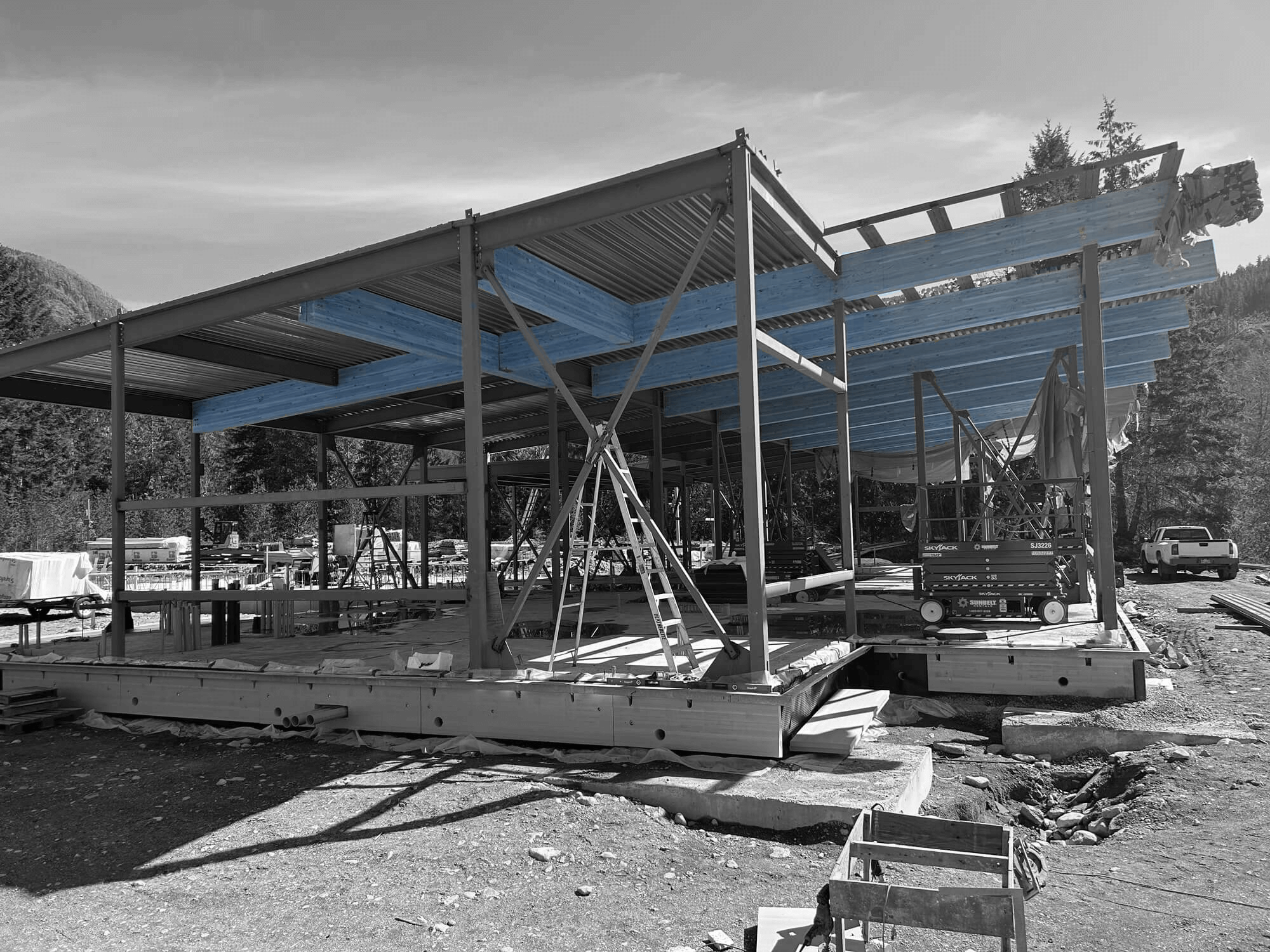Selecting the right materials for your steel building projects is like choosing the perfect ingredients for a recipe. Each component plays a crucial role in determining the project’s success and style. Materials aren’t just about sturdiness; they also affect the building’s look, durability, and ability to withstand environmental changes. Choosing wisely can make all the difference in creating a structure that is both functional and long-lasting.
In the construction industry, especially for contractors working on commercial steel buildings, informed material selection is key. With so much riding on your choice, understanding the options available, and how each suits various needs, can truly enhance the quality and efficiency of a project. This guide is here to walk you through the basics and help you make the best choices for a durable and effective build.
Understanding Different Steel Types
Steel is not just one-size-fits-all; different types have distinct properties designed for specific uses. Let’s explore a few types you might come across:
– Carbon Steel: Known for its strength and affordability, carbon steel is a popular choice for many projects. While it’s tough, it may not be the best fit for environments prone to rust and corrosion.
– Alloy Steel: Enhanced with elements like chromium, this steel offers improved strength and resistance to wear. It’s a bit more expensive but offers great durability, making it a solid choice for more demanding applications.
– Stainless Steel: If you need something resilient against rust and aesthetically pleasing, stainless steel is your go-to option. It’s perfect for structures needing both strength and style, but it comes at a higher price point.
Each type offers a range of uses and benefits, helping contractors for commercial steel buildings decide based on specific project needs. Balancing cost and performance ensures that your choice aligns with the structural and financial goals of the project.
Considerations for Climate and Environment
Climate is a significant factor in picking the right materials. For instance, locations like Surrey, Mississauga, and Ontario face varying weather patterns. Here’s what to consider:
– Humidity: Areas with high humidity can cause steel to rust faster. In such climates, stainless steel could be preferable due to its resistance to corrosion.
– Temperature Swings: In places with big temperature fluctuations, like Ontario, materials that can expand and contract without cracking, such as alloy steel, might be ideal.
– Salt Water Exposure: For projects near coastal areas, materials that resist saltwater corrosion should be prioritized. Alloy steel treated for rust protection can offer additional durability.
Consider these conditions when selecting materials to ensure your building can withstand the local environment. This choice not only secures the building’s longevity but also keeps maintenance needs lower over time.
Cost vs. Durability
Finding the right balance between cost and durability is a key part of any steel building project. While it’s tempting to lean towards cheaper materials to save on initial expenses, this choice can lead to higher maintenance costs down the road. A better approach might be to consider material costs as an investment into the building’s longevity and resilience.
Aim to compare short-term savings against long-term benefits. For example, using carbon steel might appear cost-effective upfront, but its susceptibility to rust could lead to frequent repairs. On the other hand, investing in stainless steel with its higher initial cost offers a longer lifespan and lower maintenance requirements. Choosing materials with a good track record for durability can result in savings on repairs and replacements over time, making the total investment more feasible.
In addition, consider the specific needs and usage of the building. A structure meant for industrial purposes versus a different use might require varying levels of material quality and strength. Making informed choices in this area ensures that every dollar spent contributes to a more sustainable and cost-efficient project.
Compliance with Local Building Codes
Understanding local building codes adds another layer to the decision-making process for contractors in regions like Surrey and Mississauga. Adhering to these codes is non-negotiable as they ensure safety and legality, and each area may have unique regulations reflecting the local climate and environment.
Prioritize understanding the regional specifics. For example, in Mississauga, there might be codes concerning snow load requirements due to the climate’s impact on structures. These can dictate the type and thickness of materials required. Ensuring your materials meet these codes avoids potential legal issues and fosters a safer working environment.
Working closely with professionals who are familiar with the legislation of your area can be greatly beneficial. They can guide the selection process by recommending materials that align with both your project’s needs and regulatory standards. This proactive approach helps in designing a building that not only stands strong but also complies with all necessary legal frameworks.
Choosing the Right Contractor
Choosing a skilled contractor is just as vital as selecting the right materials. An experienced contractor brings knowledge of local building practices and an understanding of which materials work best in various conditions. Their input can prevent potential pitfalls and guide the project smoothly to completion.
When seeking a contractor, examine their track records and ensure they have experience with similar projects. Look for contractors who can offer insight into the best practices for selecting and using materials that match your specific requirements. Evaluate recommendations and review past projects to ensure they align with your vision and standards.
A great contractor acts not just as a builder but as a partner in achieving success for your project. This collaboration is key in making sure that all elements of the build work in harmony, leading to a structure that stands the test of time.
Conclusion
Choosing the right materials and aligning with experienced contractors are steps that create a strong foundation for any steel building project. Understanding different types of steel, considering environmental impacts, balancing costs, and adhering to local codes all play a role in the decision-making process.
For those embarking on new builds, these elements ensure not just completion but success in enduring quality and reliability. Making informed decisions now results in fewer headaches and expenses in the future, solidifying the value of any investment in commercial steel buildings.
Selecting the right materials and contractors for your commercial steel building is a crucial step toward a successful project. If you need guidance on how Industra Construction Corp. can support your needs, especially with professional project management and experienced input, explore our contractors for commercial steel buildings to get started on building a durable, compliant, and cost-effective structure.





